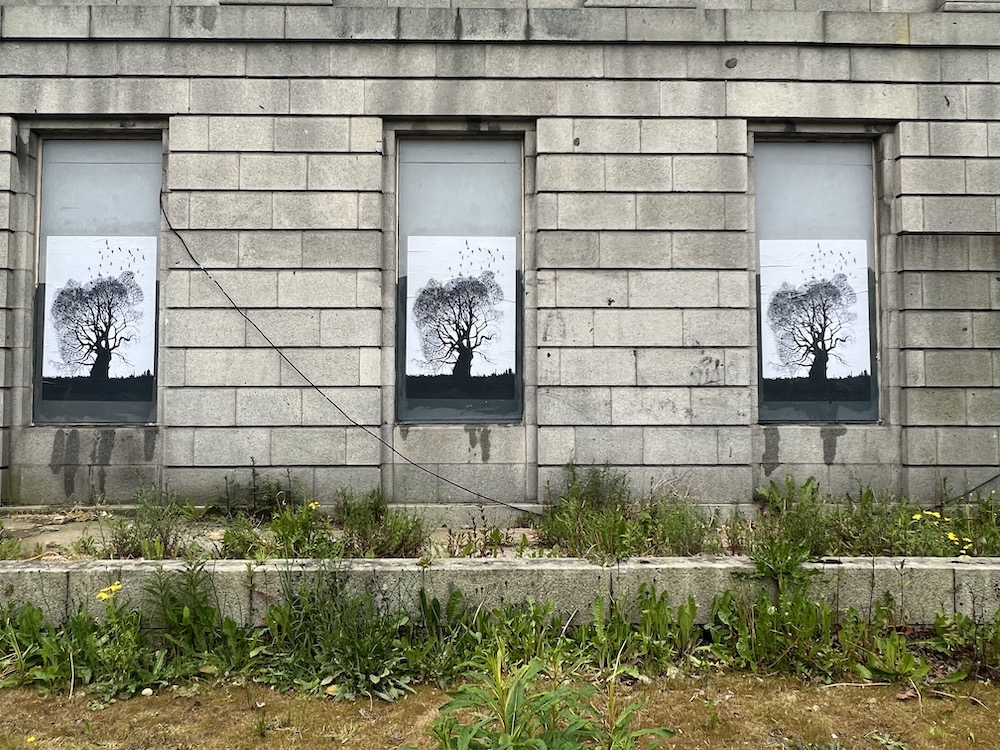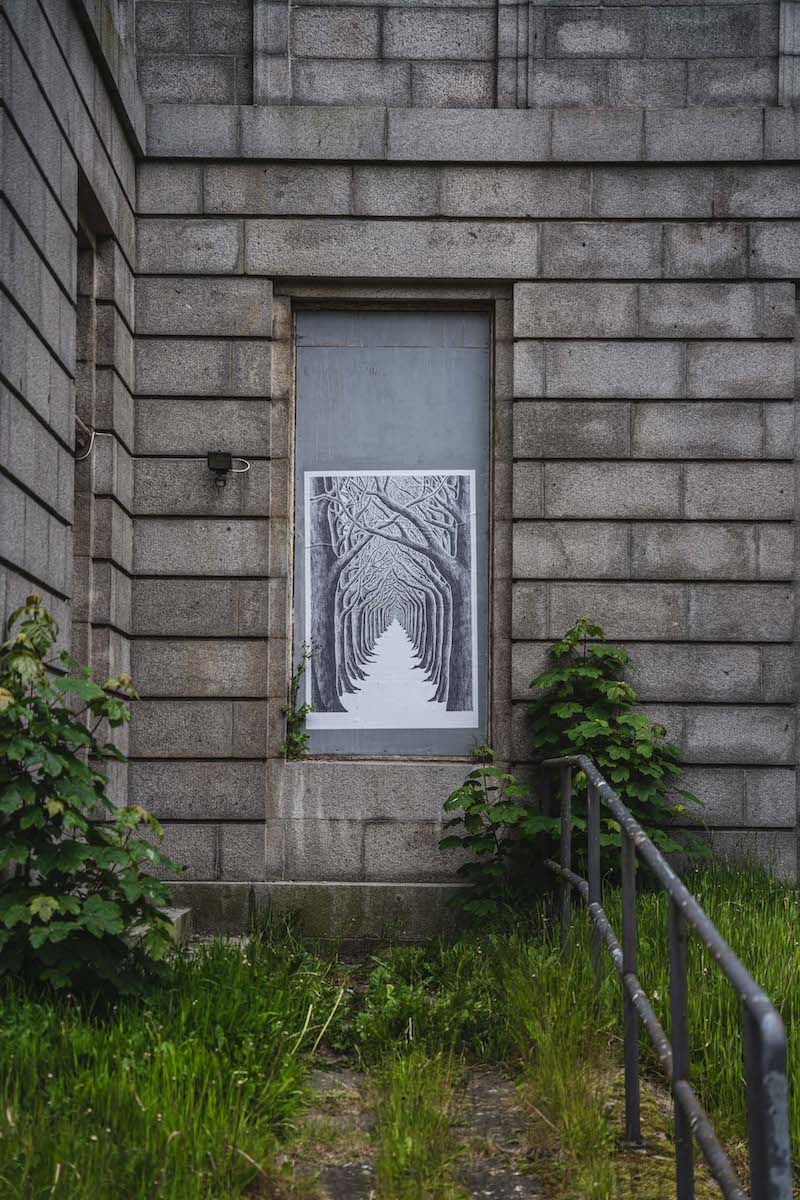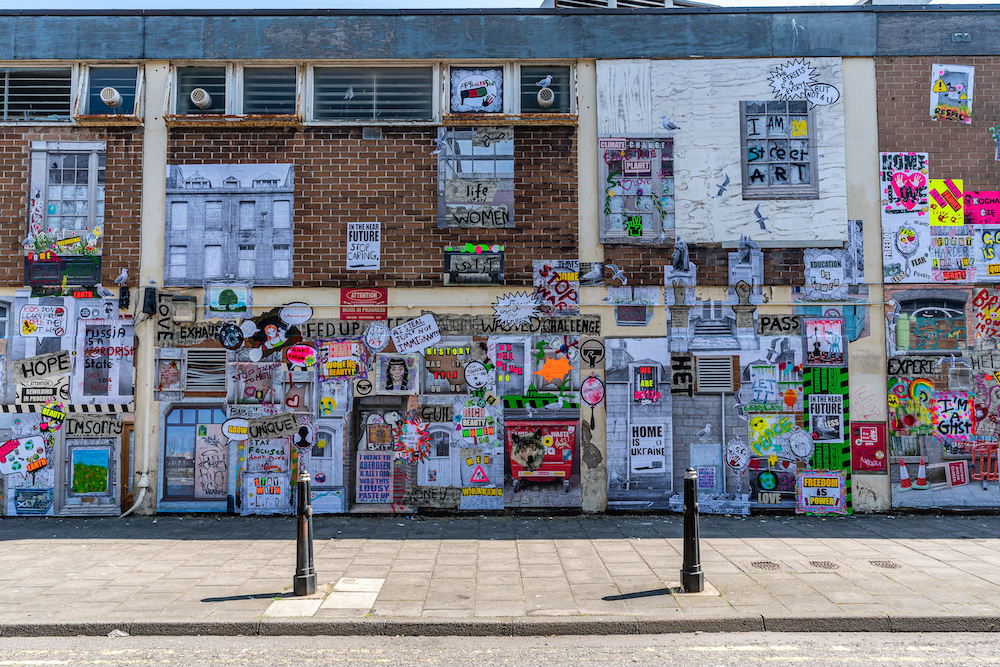 Aida Wilde // Photo by Brian Tallman
Aida Wilde // Photo by Brian Tallman
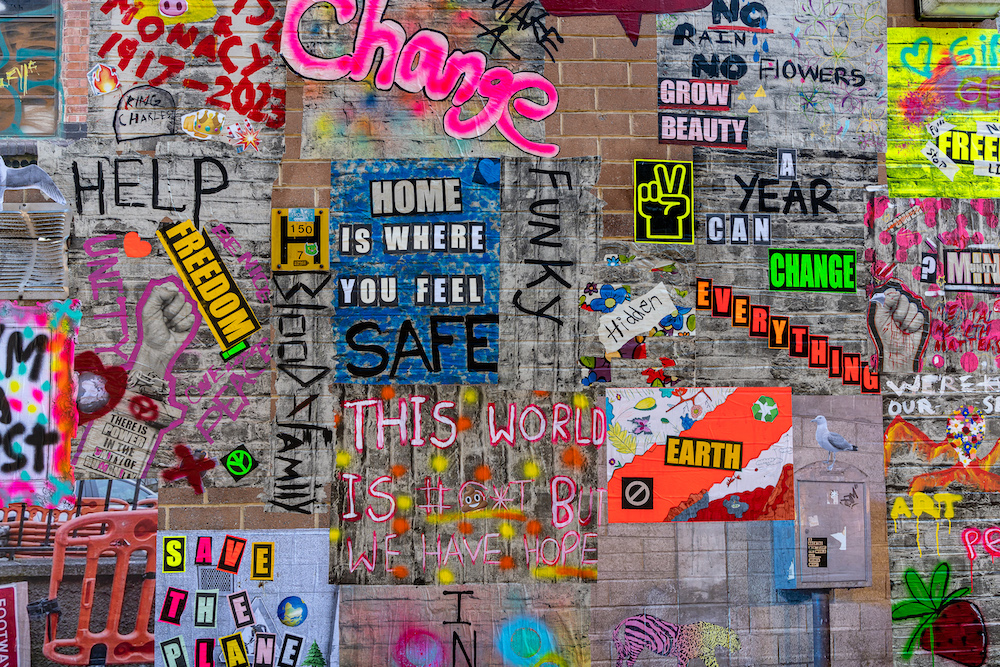 Aida Wilde // Photo by Brian Tallman
Aida Wilde // Photo by Brian Tallman
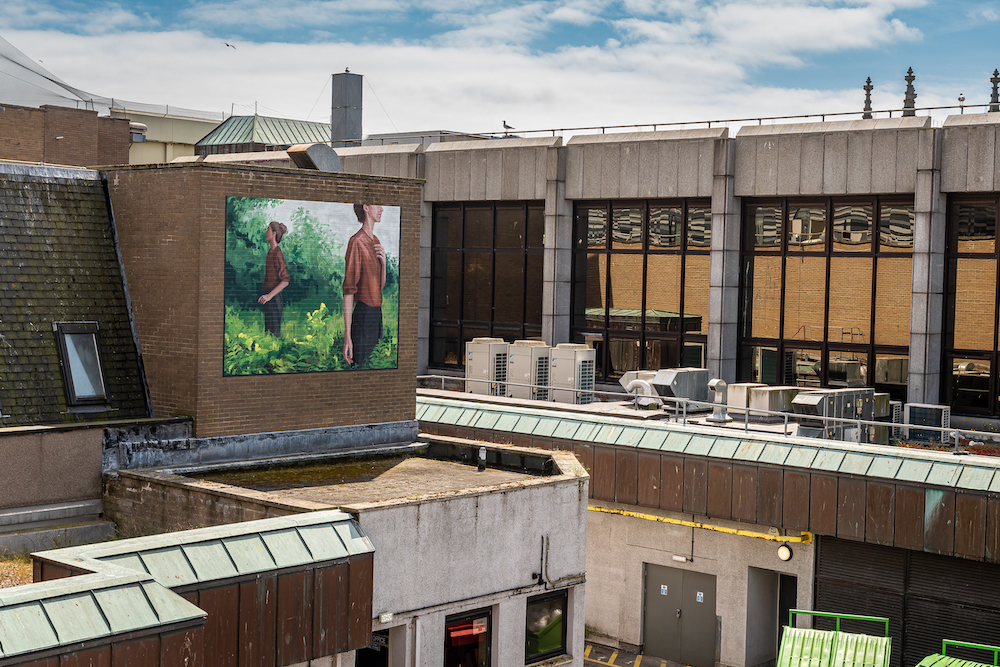 Eloise Gillow // Photo by Brian Tallman
Eloise Gillow // Photo by Brian Tallman
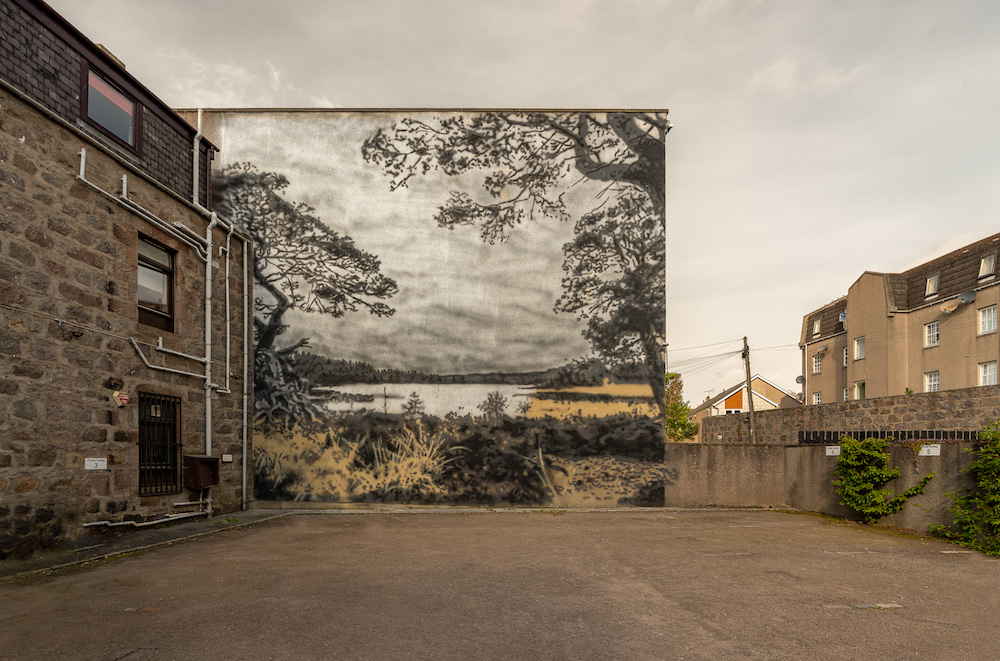 Escif // Photo by Brian Tallman
Escif // Photo by Brian Tallman
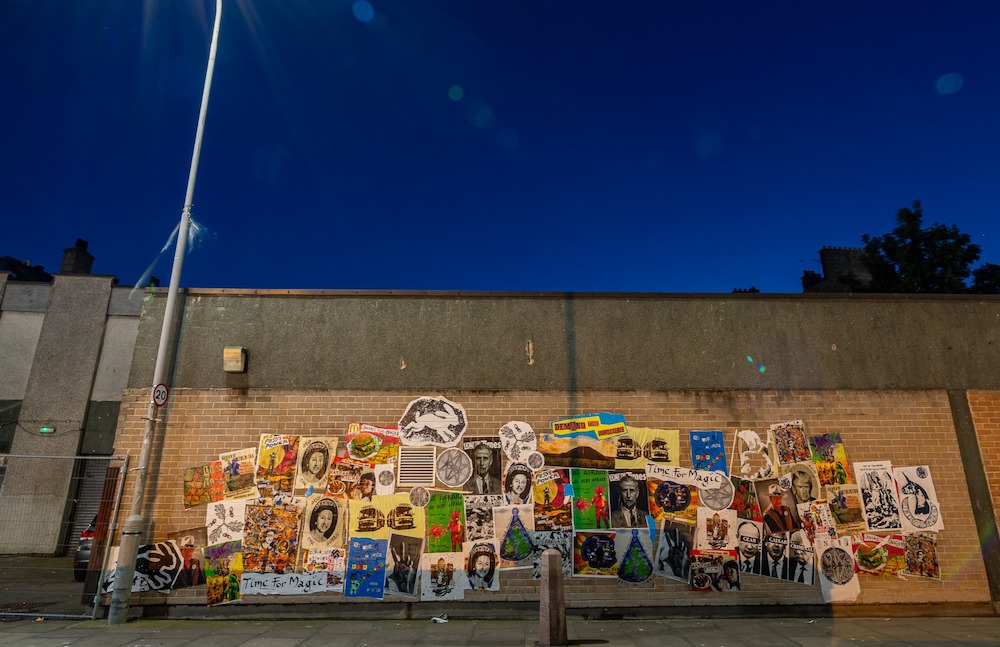 Jamie Reid // Photo by Brian Tallman
Jamie Reid // Photo by Brian Tallman
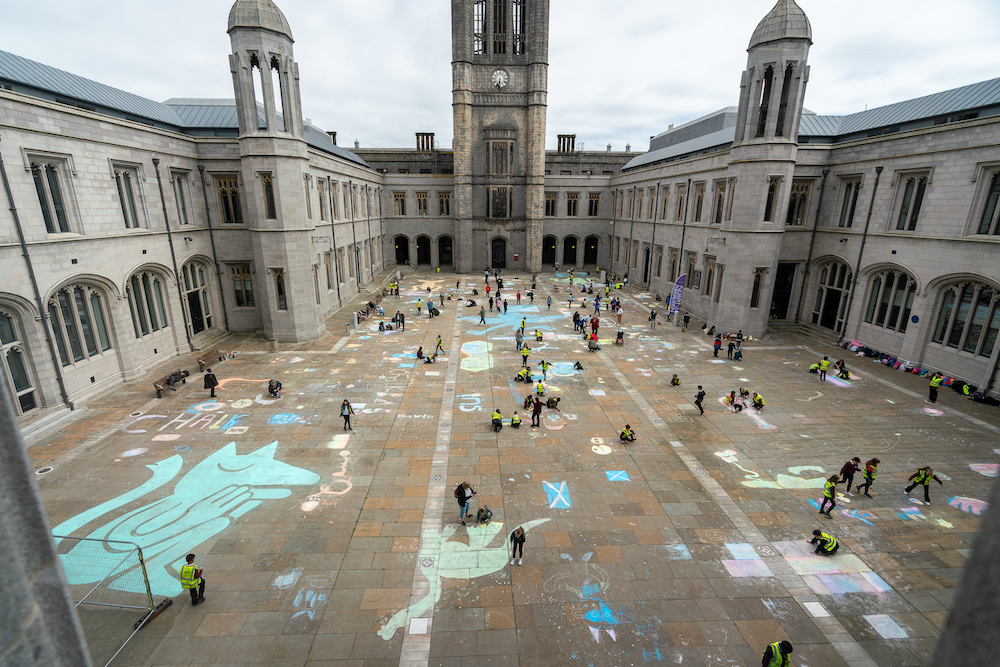 KM G // Photo by Brian Tallman
KM G // Photo by Brian Tallman
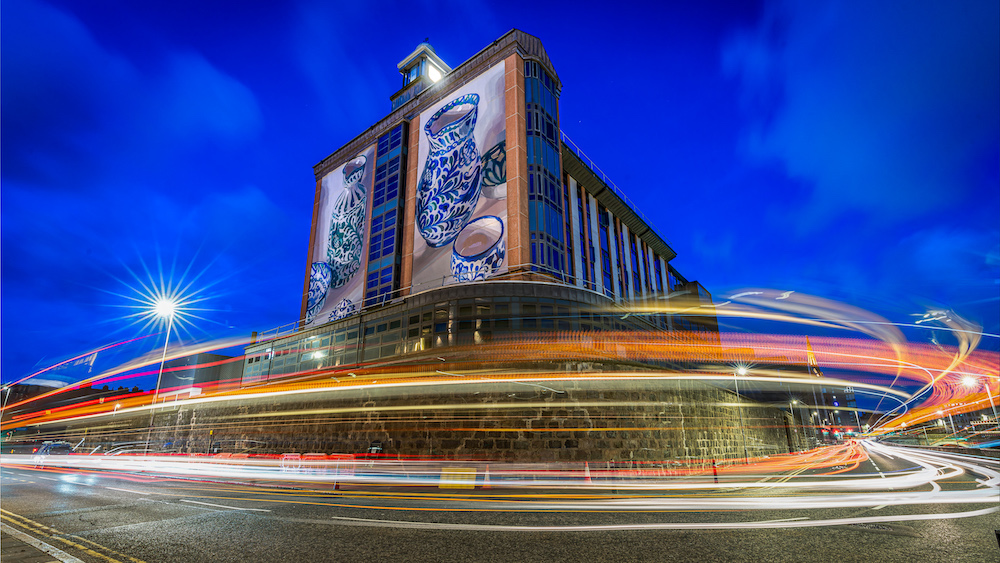 Manolo Mesa // Photo by Brian Tallman
Manolo Mesa // Photo by Brian Tallman
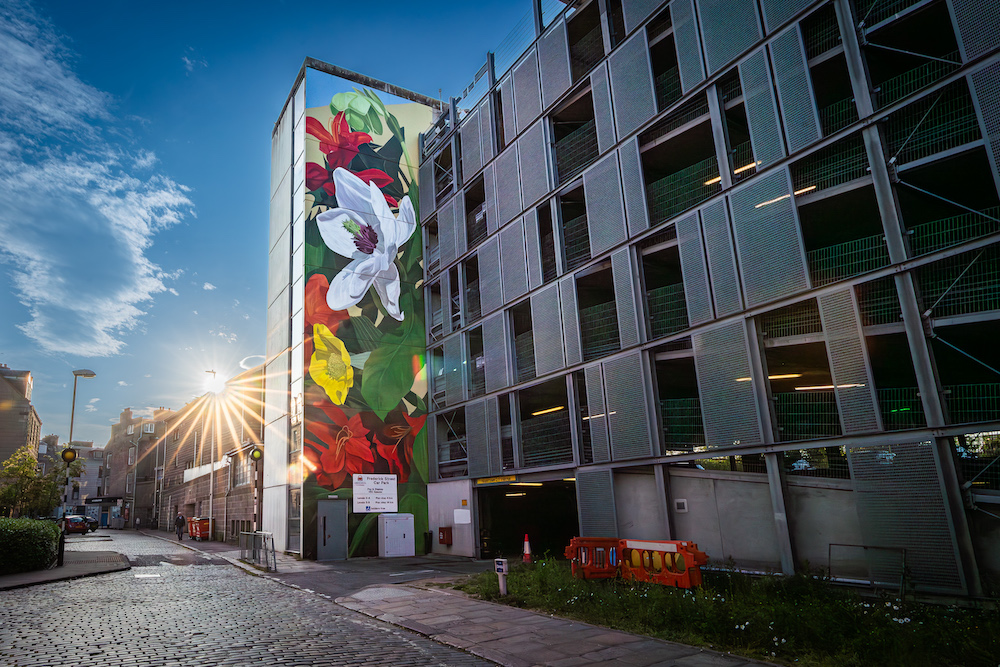 Mazza // Photo by Brian Tallman
Mazza // Photo by Brian Tallman
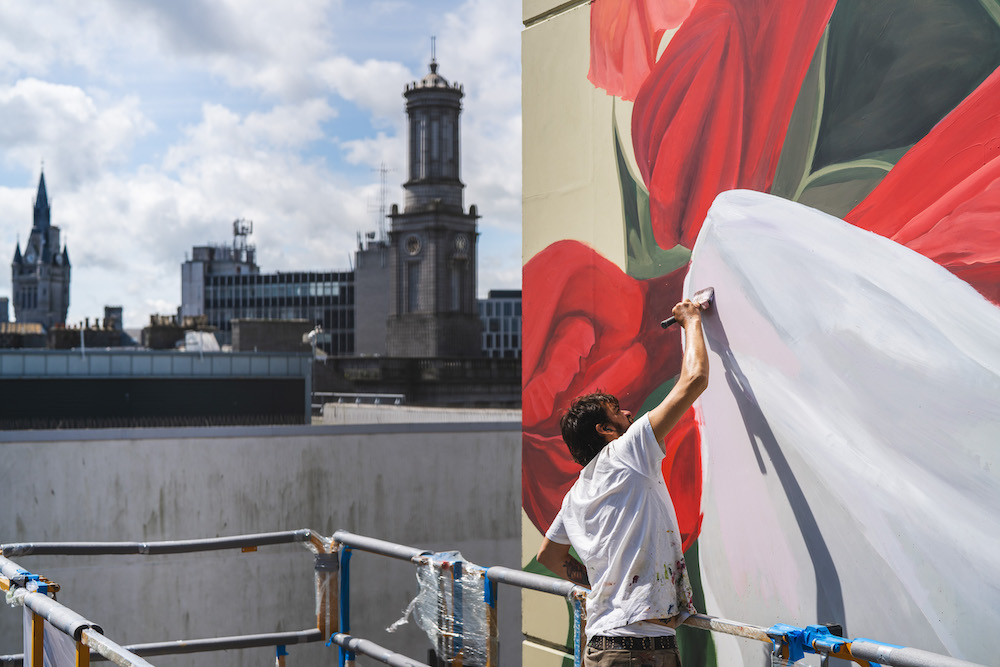 Mazza // Photo by Brian Tallman
Mazza // Photo by Brian Tallman
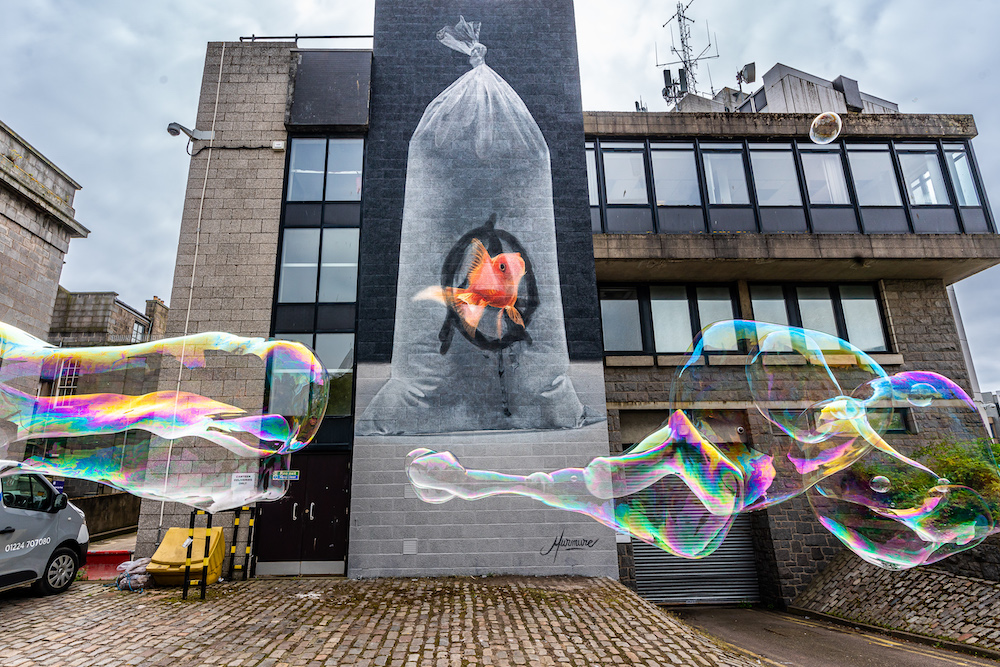 Murmure // Photo by Brian Tallman
Murmure // Photo by Brian Tallman
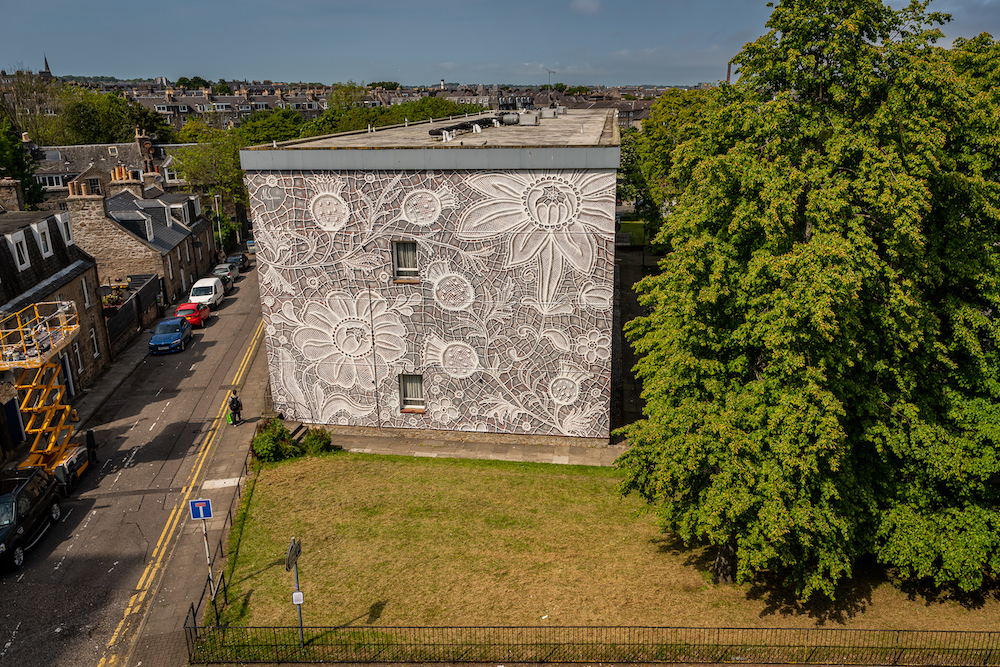 NeSpoon // Photo by Brian Tallman
NeSpoon // Photo by Brian Tallman
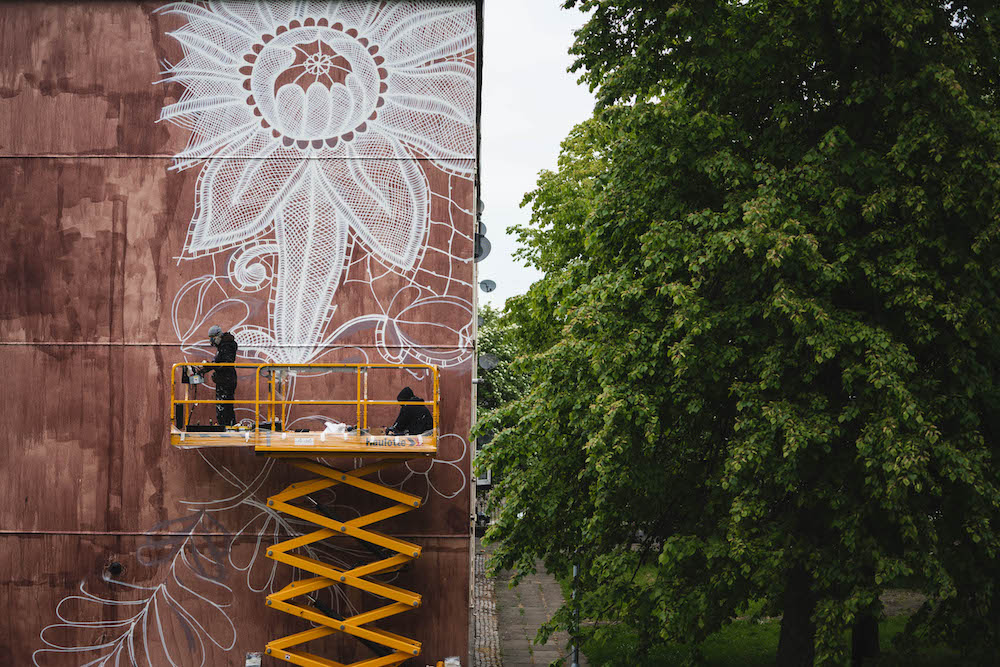 NeSpoon // // Photo by Brian Tallman
NeSpoon // // Photo by Brian Tallman
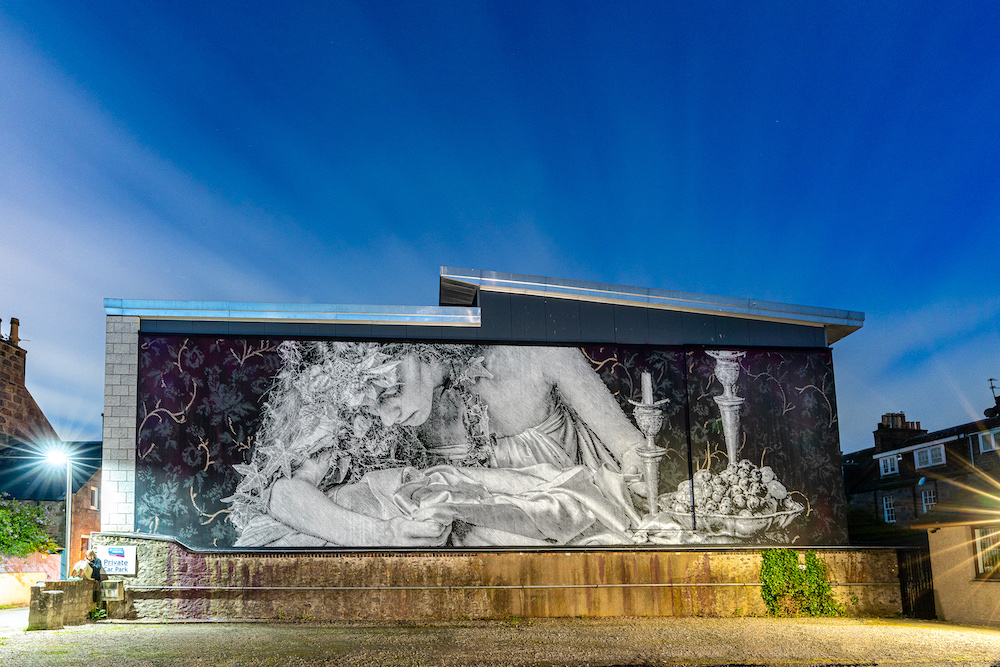 SNIK // Photo by Brian Tallman
SNIK // Photo by Brian Tallman
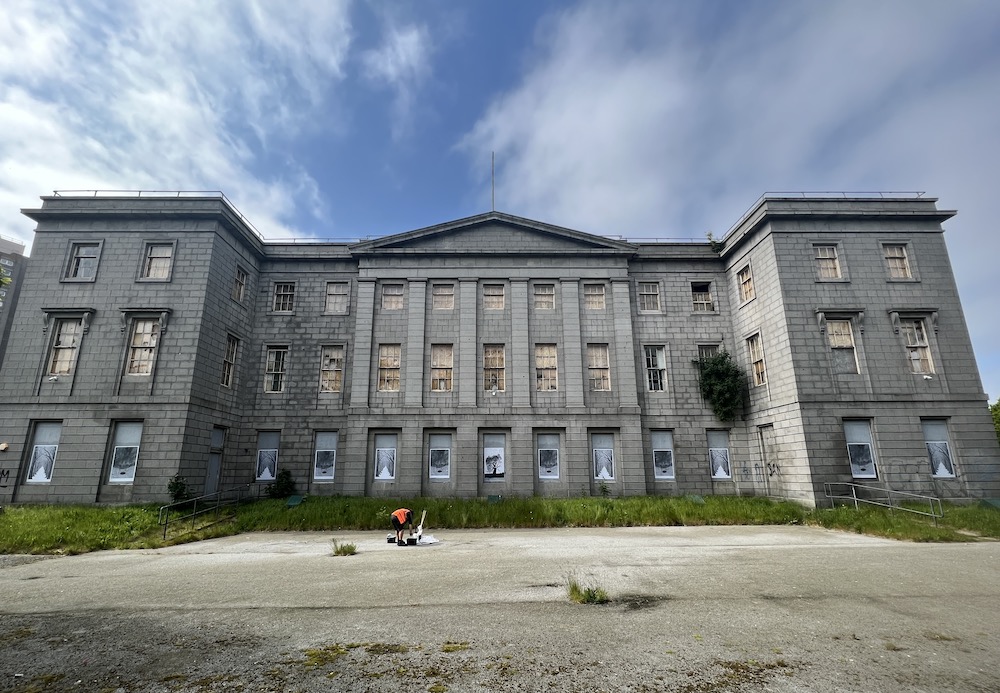
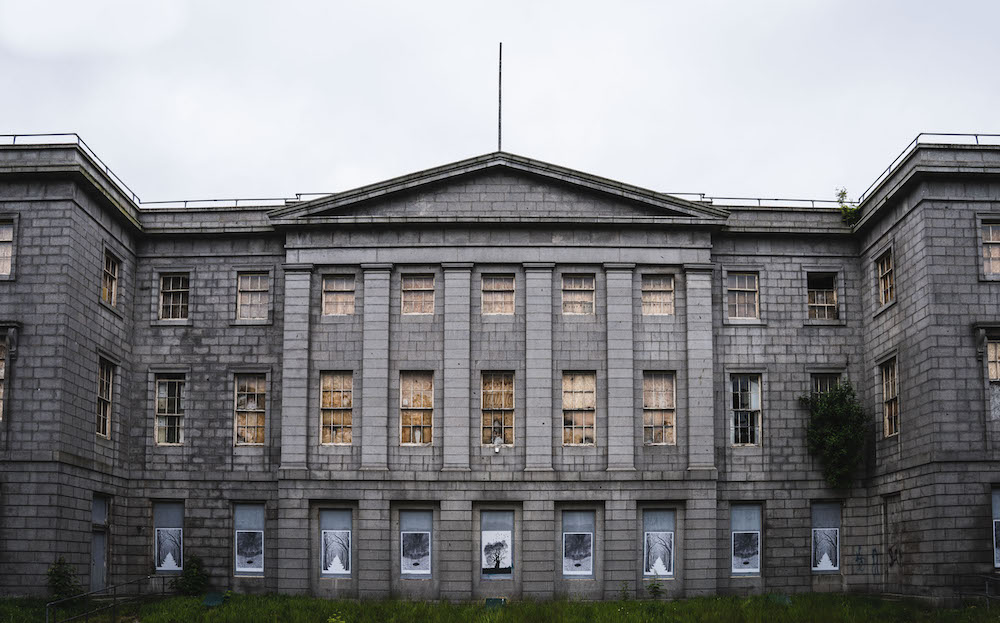 Stanley Donwood // Photo by Brian Tallman
Stanley Donwood // Photo by Brian Tallman
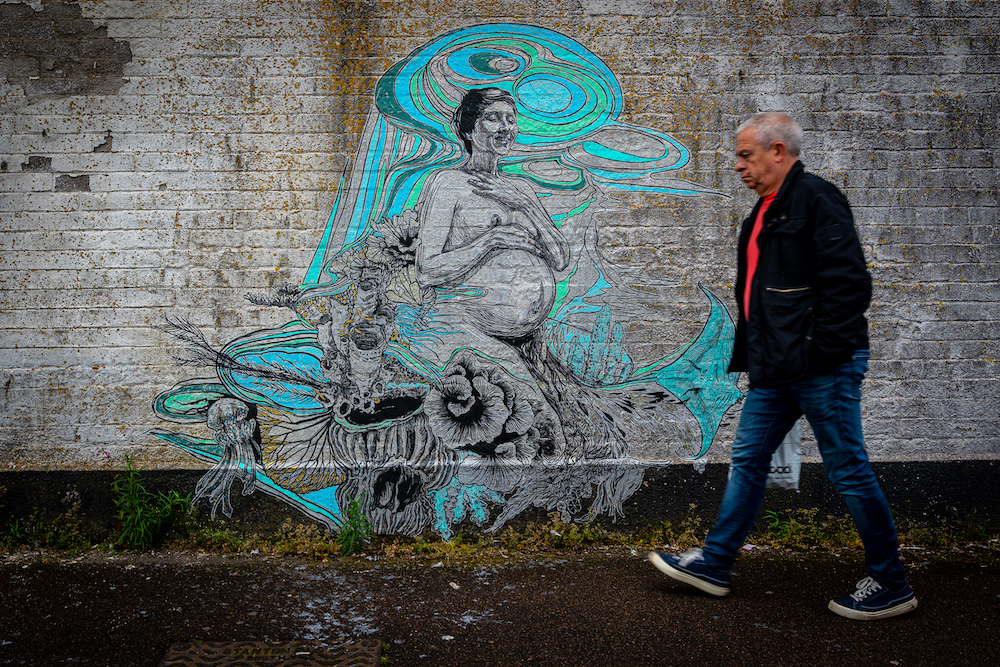 Swoon // Photo by Brian Tallman
Swoon // Photo by Brian Tallman
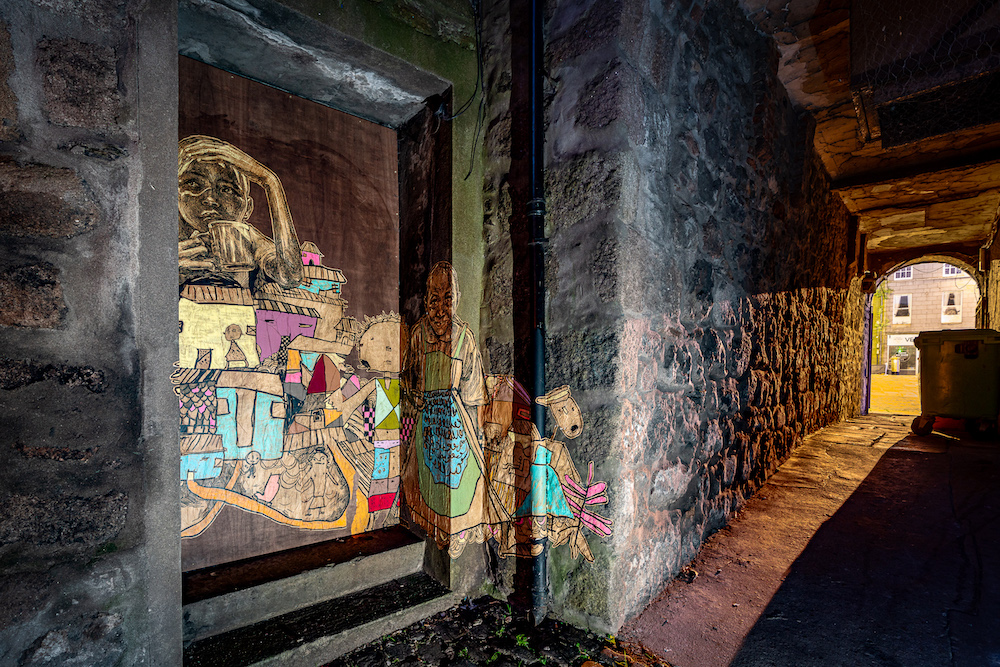 Swoon // Photo by Brian Tallman
Swoon // Photo by Brian Tallman
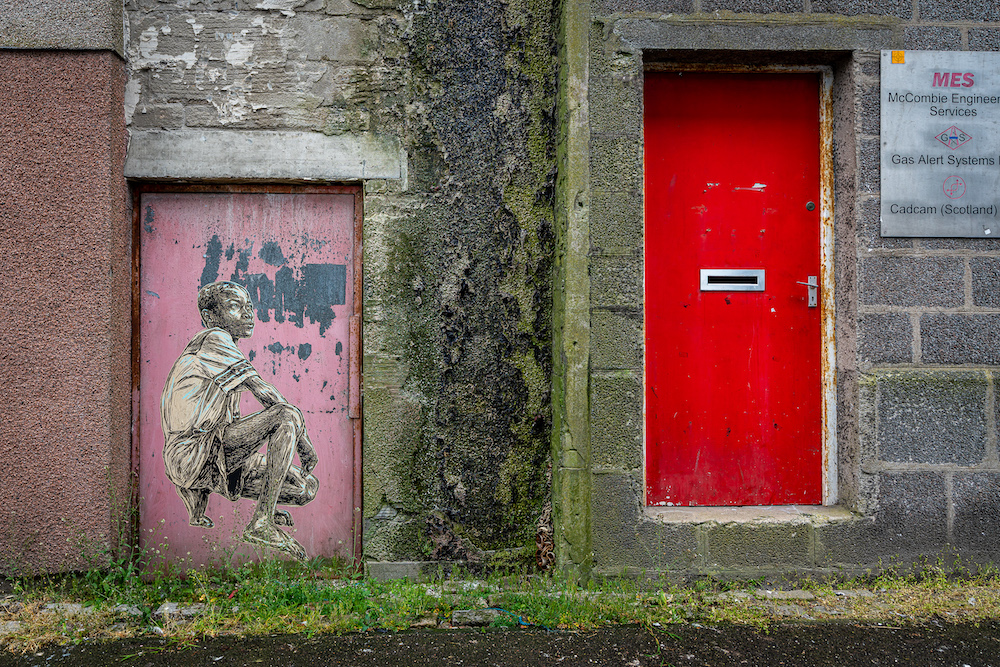 Swoon // Photo by Brian Tallman
Swoon // Photo by Brian Tallman
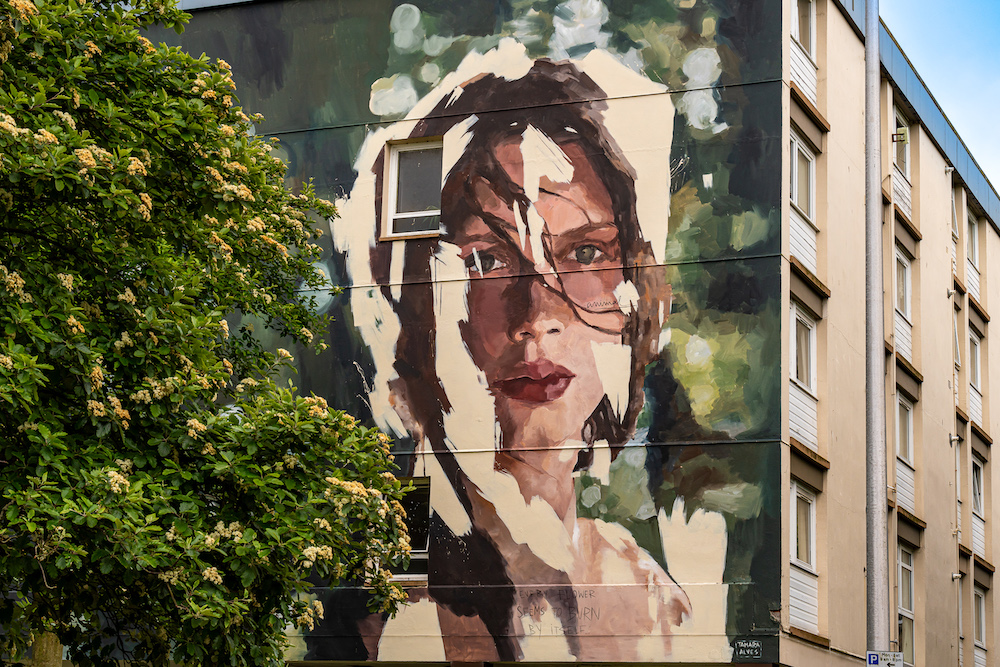 Tamara Alves // Photo by Brian Tallman
Tamara Alves // Photo by Brian Tallman
Stanley Donwood doesn’t appear to be the obvious selection for a street art festival, being that his career is marked in art direction and album cover artwork for Radiohead over 30 plus years. But when Martyn Reed, founder and curator of the Nuart Festival and his now-seven year old Nuart Aberdeen Festival, created the 2023 edition Scottish festival with the theme of “Rewilding,” Donwood became a revelation. His work has often portrayed ghostly, gothic forest landscapes, icy and folkloric, mythical and ancient. It reminded me of a quote from a Donwood collaborator, the nature writer Robert MacFarlane. I went back to MacFarlane’s book, Mountains of the Mind: Adventures in Reaching the Summit, to begin to research the idea of rewilding, of man in the midst of nature, perhaps too accustomed to the blueprint of the modern urban landscape. “Most of us exist for most of the time in worlds which are humanly arranged, themed and controlled,” he writes. “One forgets that there are environments which do not respond to the flick of a switch or the twist of a dial, and which have their own rhythms and orders of existence. Mountains correct this amnesia. By speaking of greater forces than we can possibly invoke, and by confronting us with greater spans of time than we can possibly envisage, mountains refute our excessive trust in the man-made.” In this context, rewilding could act as a return to a sense of wonderment, a protest against social constructs and a reminder that it is innate to let nature lead rather than try and conquer it with infrastructural manifestations.
Rewilding as a topic for a street art festival is a clever use of the phrase. Are we talking about rewilding as a sense of adventure, rekindling our spirit of spontaneity and survival in the urban playground through the use of challenging societal norms by applying art in unforeseen, forbidden places? Is this a topic that channels the ethos of guerilla gardening and re-accessing public space for community use? Or is it simply a comment that the art world has lost its essence of chaos and fearlessness in creation, and we have become too professional, too institutional, too obsessed with capitalistic trends. The beauty of Reed’s Nuart Aberdeen is that, truly, it is all of the above. It’s how you can have someone like Donwood alongside Jamie Reid’s landscape art project, Swoon’s human-scaled wheatpastes, NeSpoon’s 3-story floral mural, Escif’s environmentally-conscious art, Aide Wilde’s subversive political art and a conference of writers, curators, artists and historians all in the same place. It’s wild to even attempt to bring this group together, but it works.

Known to the world at the Granite City, there is a sense of permanence in Aberdeen’s architecture, defined by imposing and gray Victorian, Edwardian, and Brutalist designs. Solid a a rock, you might say. In that foundation, Aberdeen as a canvas provides a perfect metaphor for rewilding. On the city’s outskirts, the slight rolling hills of Northeast Scotland give way to the North Sea, an immediate respite from the harshness of the city center. But through the use of street art, or public art in general, the likes of which Nuart brings to the city each year, spontaneity and creative life emerge like wildflowers seen just miles away in the countryside. It also creates an atmosphere of exploration, of changing the city landscape into a place where impenetrable architecture can give way to something organic, something alive. The beauty of Brazilian muralist Thiago Mazza’s floral and fauna piece is that it transforms a blank and banal car park into a botanical refuge. Eloise Gillow’s murals of women engulfed in a forest landscape makes the city center come alive with the potential of an overtaking of nature. Then the surprise of seeing a Stanley Donwood, Jamie Reid, or Swoon wheat pastes in the back alleys, side streets and hidden corners shows that a city comes alive where the potential of a new experience is established.
What Nuart understands, and especially Reed with his curation, is that street and public art, and to a greater extent, graffiti, has long had an obsession with the wild. The art forms, at their best, are a pushback on a concept of a controlled and arranged urban environment, where public space is owned by conglomerates, chain stores dominate the high streets, and outdoor advertisements provide the dizzying visual collage of the modern era. One might think of Banksy, who ironically opened his first solo show in over a decade just down the road at the Modern Art Gallery, Glasgow just as Nuart was opening, and his use of the rat in his work as this feral, natural answer to our structured city-planning. The rat is something that exists within nature and amongst man, long a pest but nonetheless a centuries old representation in art and literature as our sworn enemy, but at its heart a symbol of something wild on our streets. Or we can think about how in 1982, the artist Agnes Denes planted two acres of wheat on landfill that would become Battery Park City at the southern tip of Manhattan, again a powerful statement of how public art speaks about rewilding our most congested places. For Reed and this year’s Nuart, he’s constantly having a conversation about land and space: who owns it, who occupies it, and how does art break down the idea of permission and ownership with something spontaneous or even creatively curated?

In an essay written ahead of the festival, Reed and the Nuart team propose this question: “In a culture of the permissioned and commissioned mural where the tag still runs wild and free, how do we harness the power of one without losing the vitality and exuberance of the other?” It’s been nearly two decades for the Nuart Festival, each year with a new theme to be curated through, but it seems like Rewilding is the theme that has marked it since it’s origins. This is where its heart is. When I was reading MacFarlane’s observation that “mountains refute our excessive trust in the man-made,” it made me think of what good graffiti does, how it defies our expectations and creates both a comfortable and sometimes-uncomfortable scenario where we see that there is life growing around us in the most unpredictable ways. On the side of an abandoned hospital in central Aberdeen, there now lies a series of Stanley Donwood wheat pastes, images all depicting paths through treacherous overgrowths of dense forest, portals to the landscape that exists just beyond the imagination of urban density. It is a statement of intent, that rewilding is both in the imagination and in our capabilities when we think about public space. MacFarlane wrote in his text The Wild Places, “Different aspects of the forest link unexpectedly with each other, and so it is that within the stories, different times and worlds can be joined.” Maybe this is how we should look at street art now, too. —Evan Pricco
Nuart Aberdeen took place from June 8—11, 2023 in Scotland.
Check out some of our recent short videos:


